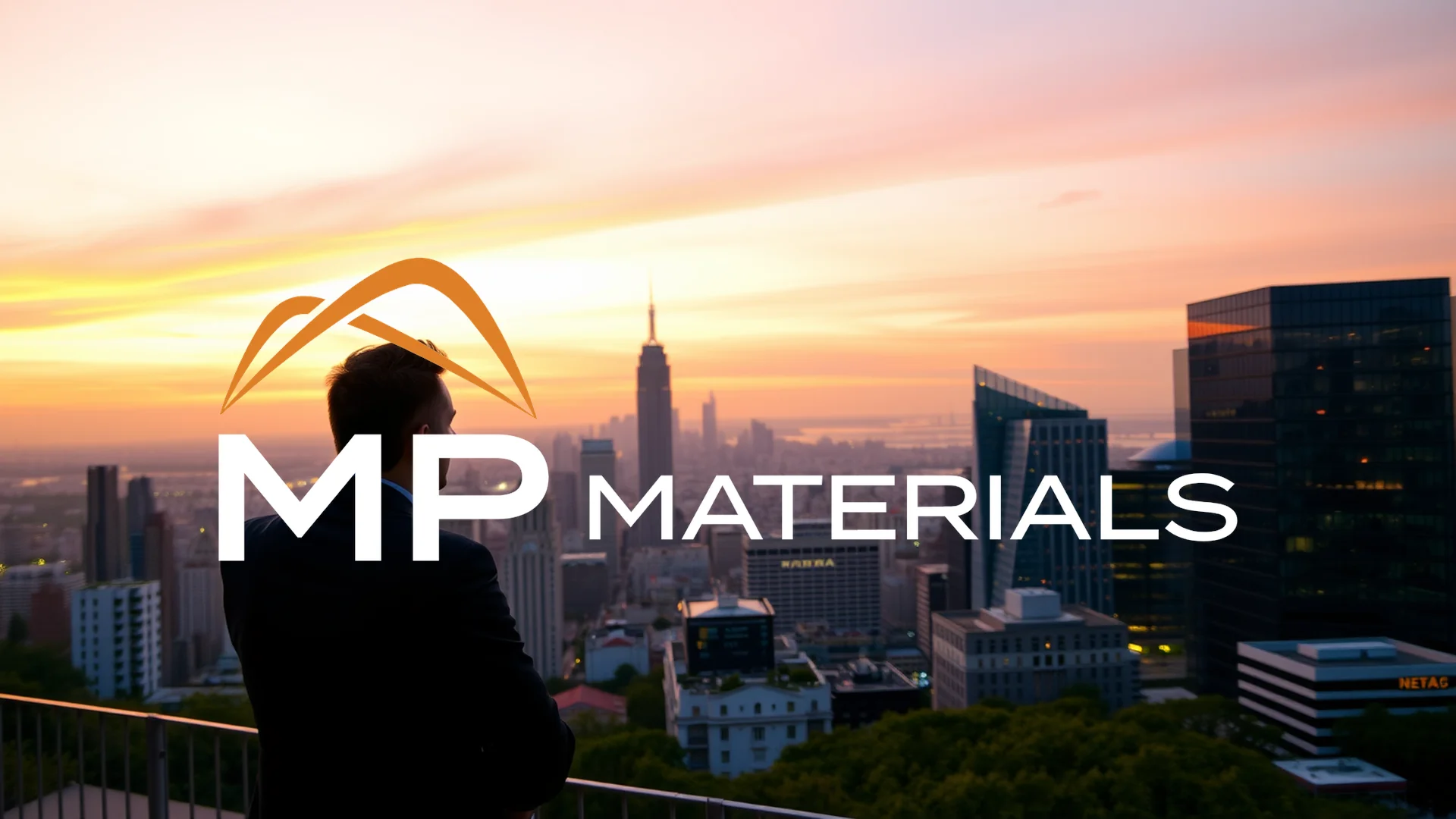The global rare earth elements market is undergoing fundamental transformation as new geopolitical partnerships and resource discoveries reshape established supply chains. These developments carry significant implications for U.S.-based producer MP Materials and other key industry players.
Emerging Competition Challenges Established Supply Models
Brazil and Chile are rapidly emerging as formidable competitors in the rare earth landscape, leveraging their ionic clay deposits that offer distinct advantages over traditional mining operations. These geological formations contain higher concentrations of heavy rare earth elements and present more straightforward extraction processes compared to conventional rock-based sources.
Recent exploration successes highlight this shifting competitive dynamic:
- Brazil’s Palmares project has reported promising test results indicating high-quality magnetic material production potential
- Western Australia has revealed a significant new discovery zone within the Stinger deposit
- The Australian site demonstrates strong concentrations of neodymium and praseodymium—critical components for permanent magnet manufacturing
China’s Strategic Shift in Technology Sharing
In a move that breaks with decades of established policy, China appears willing to share its closely guarded processing technology through a joint venture with Malaysia. This strategic partnership would exchange Chinese technological expertise for access to Malaysia’s substantial raw material reserves, estimated at 16.1 million tons.
Should investors sell immediately? Or is it worth buying MP Materials?
This policy reversal represents a calculated effort to strengthen China’s market position while potentially undermining competitors like MP Materials. Historically, China has treated its rare earth processing methodologies as state secrets, making this collaborative approach particularly noteworthy.
Intensifying Global Competition Reshapes Market Dynamics
The planned China-Malaysia venture places direct competitive pressure on existing market participants, including Australian firm Lynas Rare Earths, which already operates processing facilities in Malaysia. This development comes as established industry players are forced to reconsider their strategic positioning in response to evolving market conditions.
With global demand for rare earth elements projected to double by 2030—primarily driven by electric vehicle production and wind energy infrastructure—the competition for reliable supply sources is accelerating dramatically. MP Materials must navigate this rapidly changing environment while developing strategies to maintain its competitive standing amid these structural market shifts.
Ad
MP Materials Stock: Buy or Sell?! New MP Materials Analysis from November 16 delivers the answer:
The latest MP Materials figures speak for themselves: Urgent action needed for MP Materials investors. Is it worth buying or should you sell? Find out what to do now in the current free analysis from November 16.
MP Materials: Buy or sell? Read more here...










